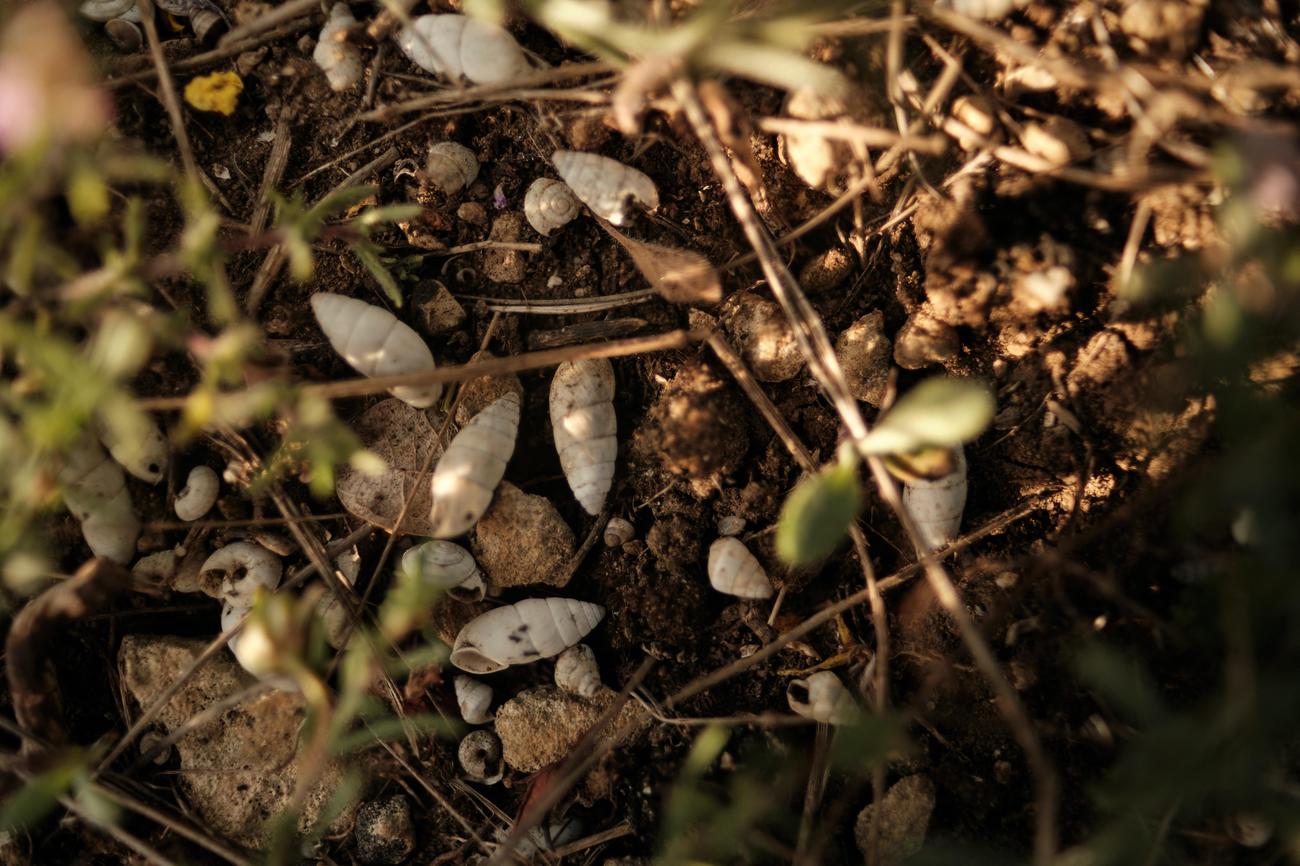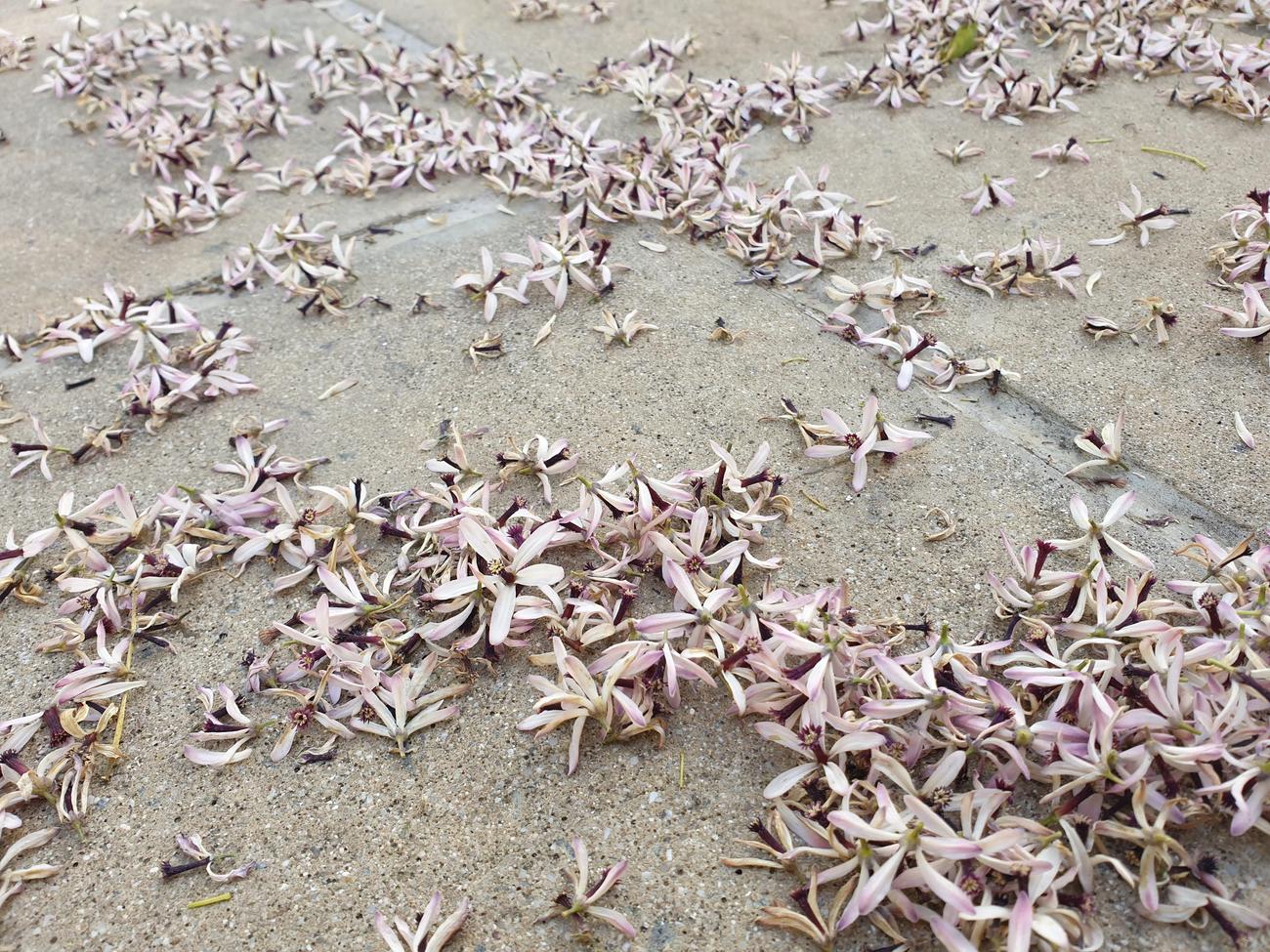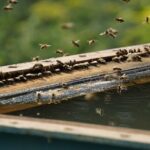Are you ready to dive into the mesmerizing world of termites, where numbers hold the key to unlocking the secrets of their colonies? Brace yourself as we embark on a thrilling journey to unveil the astounding population of these small yet mighty insects. In this article, we will delve into the depths of termite colonies, peeling back the layers to expose the mesmerizing numbers that govern their intricate societies. Get ready to be amazed as we decode the enigmatic realm of termite colony population and discover the astonishing figures that lie within.

Number of Termites in a Termite Colony
Termites, those miniature architects of destruction, never cease to amaze us with their intricate social structures and colossal numbers. If you’ve ever wondered about the population size of a termite colony, prepare to be astounded. The numbers range from a mere couple of termites to mind-boggling millions. Yes, you heard it right. The sheer size of some termite colonies is enough to send shivers down your spine.
Let’s delve into the fascinating world of termites and uncover the hidden secrets behind the numbers.
Unraveling the Mysteries: From Two to Millions
Termites, like humans, come in various shapes and sizes, and their colonies display a similar diversity. At the lower end of the scale, we have the humble beginnings of a termite colony with just a king and queen, setting up the foundation for their majestic empire. These royal partners are responsible for kick-starting the population, and their love story commences with a nuptial flight, where they seek each other out among the swarm of potential suitors.
But don’t be fooled by this modest start. As the king and queen settle into their royal duties, the colony begins to flourish. The number of termites in a colony can vary widely, depending on the termite species and the availability of resources. For smaller species, like the drywood termites, colonies can range from around a hundred to a few thousand individuals. These colonies might be considered relatively cozy compared to the grandeur of their larger counterparts.
Speaking of larger species, brace yourself for this staggering revelation—some termite colonies can house millions of individuals. Can you imagine the hustle and bustle within those termite metropolises? It’s like the termite version of New York City, bustling with activity and inhabitants.
“From a humble pair to a bustling city, termite colonies can contain anywhere from a handful to millions of individuals.”
Termites and Their Social Hierarchy
Now that we know the numbers can be mind-blowing, it’s time to explore how these numerous termites coexist within their colonies. Termites, being highly social insects, organize themselves into precise hierarchies, with each individual knowing their role and responsibilities.
At the apex of this social order, we have the almighty king and queen, governing their subjects with an iron grip. As the primary reproductives, their sole purpose is to ensure the perpetuation of the colony by producing eggs. Just like the monarchs of old, they are treated with reverence and respect by their loyal subjects.
Beneath the ruling couple, we find the workers, soldiers, and nymphs, each with their designated tasks. Workers are responsible for maintaining and expanding the nest, foraging for food, and caring for the young. Soldiers, on the other hand, defend the colony from any threats. And the nymphs, as the future generation, undergo metamorphosis and eventually take on the roles assigned to them.
“Termite colonies are structured like a tightly knit societal network, with the king and queen reigning supreme at the top, while workers, soldiers, and nymphs fulfill their specialized roles below.”
Communication: The Key to Termite Success
Imagine living in a colony with such massive numbers. How do termites manage to coordinate their actions and ensure smooth functioning? The answer lies in their exceptional communication skills. Termites have mastered the art of chemical and tactile communication. They leave chemical trails behind as they forage for food, guiding their fellow workers to the source. Through physical contact, they convey specific messages to other members, signaling danger or an urgent task at hand.
“In the termite realm, communication is the glue that holds the colony together, enabling termites to work in perfect harmony.”
Foraging and Feeding: It’s All About the Dead
Termites are known for their voracious appetite for cellulose, the chief component found in plant material. Foraging and feeding go hand in hand for these resourceful insects. They tirelessly scour their surroundings in search of decaying plant material, ensuring a steady supply of sustenance for the colony.
Whether it’s fallen branches, decaying leaves, or rotting wood, termites make it their mission to repurpose nature’s leftovers. By breaking down these organic materials, they contribute to the natural process of decomposition, playing a vital role in the ecosystem.
“Termites are nature’s industrious recyclers, turning dead plant matter into valuable nutrients for the environment.”
Preventing Infestation: Stay One Step Ahead
While termites may be fascinating creatures, they can wreak havoc on our homes and structures if given the chance. Preventing termite infestation requires vigilance and proactive measures. By following a few simple steps, you can minimize the risk of these unwelcome guests finding solace in your abode.
–Keep your foundation clear: Ensure that wood and soil are kept away from the foundation of your structure, as these can provide easy access for termites.
–Regular inspections: Regularly inspect your property for signs of termite activity, such as discarded wings, mud tubes, or hollow-sounding wood. Early detection is key to preventing extensive damage.
“By taking proactive measures, you can stay one step ahead of those tenacious termites, preventing them from turning your home into their own personal banquet.”
Comparing Colonies: Drywood vs. Subterranean
It’s interesting to note that not all termite colonies are created equal. Two common types of termite colonies, drywood and subterranean, have distinguishing features, including the number of individuals.
Drywood termites tend to form smaller colonies compared to their subterranean cousins. These wood-loving termites establish their nests within the timber they infest and typically require less worker termites to thrive. On the other hand, subterranean termites construct extensive underground tunnel systems, resulting in larger colonies with thousands or even millions of termites.
“Drywood termite colonies, though smaller in size, demonstrate remarkable efficiency, while subterranean termite colonies boast numbers that would rattle the bravest soul.”
In Summary
In the intricate world of termites, numbers truly matter. Termite colonies can range from a mere pair of royals to an empire teeming with millions of industrious individuals. Through their well-structured hierarchies, termites have perfected the art of cooperation and communication, ensuring the efficient functioning of their colonies. By foraging for decaying plant material, termites turn nature’s leftovers into valuable nutrients for the environment.
To protect your home from termite invasions, it’s crucial to remain vigilant and implement preventive measures. Stay one step ahead and keep a close eye on any signs of termite activity. With their sheer numbers and insatiable appetite for cellulose, termites may be small, but they possess the potential to cause significant damage.
“Termites, those masters of numbers and organization, continue to captivate us with their astonishing colonies, reminding us that the tiniest creatures can hold immense power.”
Termites, tiny creatures often associated with destruction, can actually form an astonishingly large colony. Have you ever wondered just how many termites are in a colony? The answer may surprise you. According to our research, a single termite colony can contain thousands, or even millions, of individuals. That’s right, a multitude of these tiny insects working together to create their own bustling community. If you’re curious to dive deeper into this fascinating topic, click here to explore more about how many termites are in a colony: How Many Termites Are In A Colony. Prepare to be amazed by the sheer numbers and intricacies of termite colonies.

FAQ
Question: How many termites are there in a termite colony?
Answer: The number of termites in a termite colony can vary greatly depending on the type of termite. While some colonies may consist of just two termites, a king and queen, others can have anywhere from 100 to 1 million individuals. Larger species of termites typically have colonies with 100-1,000 individuals, while some colonies can number in the millions.
Question: How do termites communicate within a colony?
Answer: Termites communicate through various means, although further research is needed to fully understand the specifics. They are known to use chemical signals, vibrations, and physical contact to convey information within the colony.
Question: How do termites find food?
Answer: Termites find food by foraging and searching for decaying plant material. They primarily eat dead plants at any stage of decomposition.
Question: How can termite infestation be prevented?
Answer: Preventing termite infestation can involve measures such as keeping wood and soil away from the foundation of a structure and regularly inspecting for signs of termite activity. Additionally, professional termite treatments and creating a barrier between the structure and the soil can help deter termites.
Question: How do drywood termite colonies differ from subterranean termite colonies?
Answer: Drywood termite colonies differ from subterranean termite colonies in terms of their worker termites. Drywood termites have fewer workers compared to subterranean termites, which impacts the size and behavior of the colony.
- Unlock Filipino Culture: A Deep Dive into Traditions and Practices - April 23, 2025
- Unlock Spanish Culture: Insights & Opportunities Now - April 23, 2025
- White Spirit Uses & Substitutes: A Deep Dive for Pros & DIYers - April 23, 2025
















